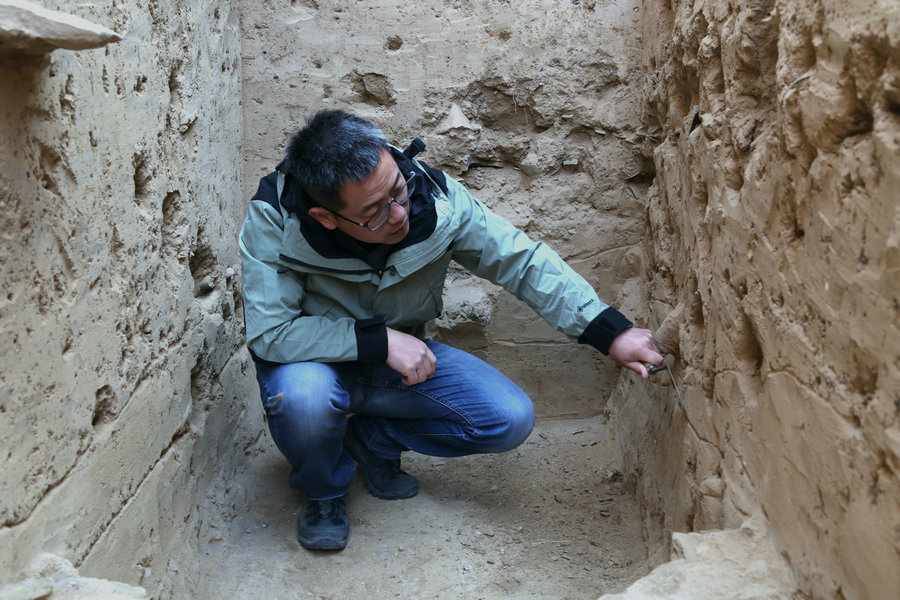Center of ceramics
Major ancient white porcelain site provides important link to past, Sun Ruisheng and Cai Hong report.


For many years, ancient porcelain shards were not strange to farmers in Chencun village of Huozhou city, North China's Shanxi province, where many of them believed the small, white fragments meant there had to be major kilns buried below the area.
Chinese archaeologists who have been conducting research in Chencun for nearly two years have since given the farmers a mind-blowing answer: the kilns are right under their village.
The ruins on different layers of soil date back to the Jin (1115-1234), Yuan (1271-1368) and Ming (1368-1644) dynasties, according to Liu Yan, vice-president of the Shanxi Provincial Institute of Archaeology.
"Among the archaeological findings are nine kilns, 40 ash pits, nine workshops, two ditches, one well and numerous porcelain pieces," Liu said.


















